Bugatti Reimagines Coachbuilding With the Singular ‘Brouillard’
It is hard to describe a one-of-one Bugatti without veering into hyperbole. But Brouillard, the debut model from Bugatti’s new Programme Solitaire, makes even the term hypercar feel limiting. With it, the iconic French marque doubles down on bespoke craftsmanship and redefines what it means to create a coachbuilt automobile in the 21st century.
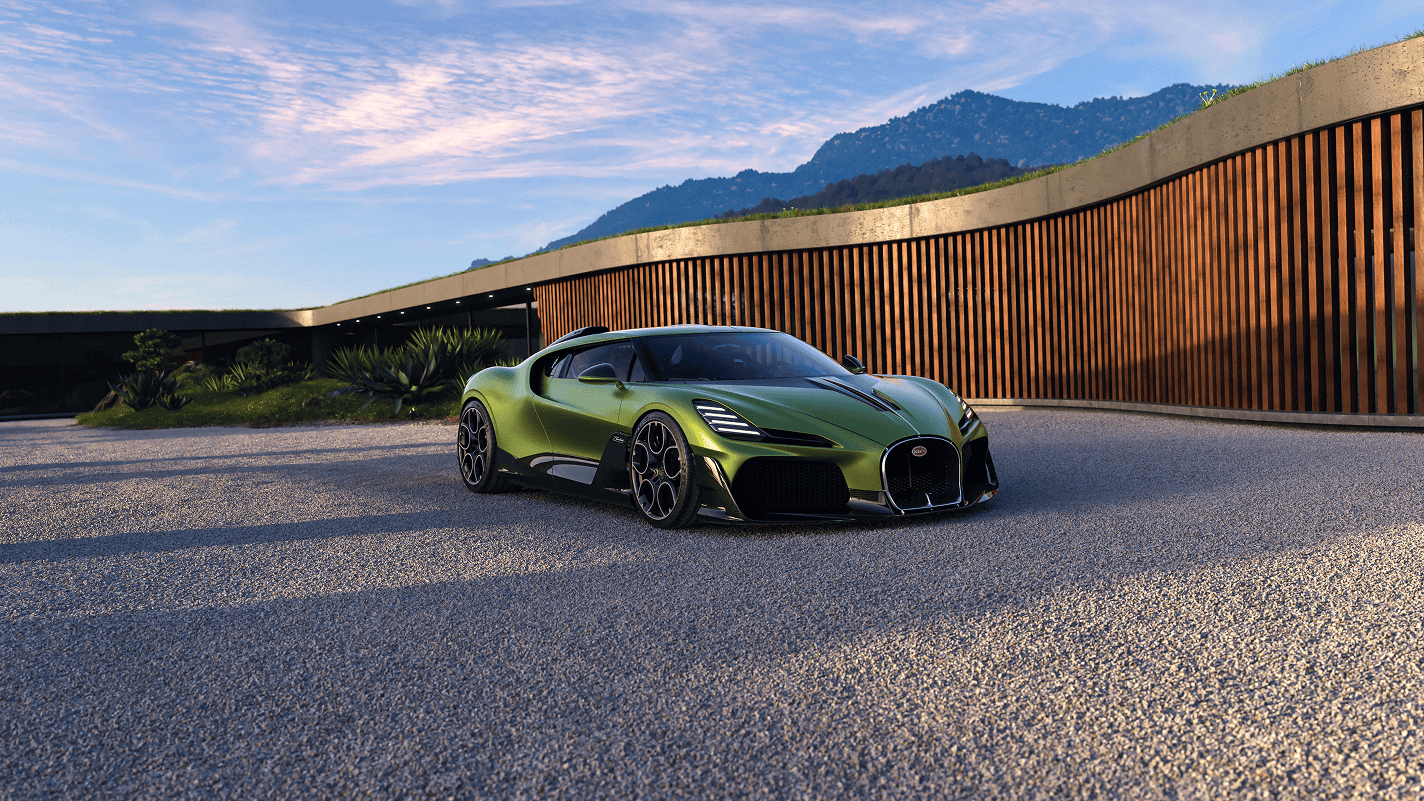

Solitaire: A Return to True Bespoke
More than a design exercise or customisation program, Programme Solitaire marks a return to Bugatti’s artistic and coachbuilt roots. While the Sur Mesure division already stretches the limits of personalisation, Solitaire ventures far beyond. In other words: no rules, no repeats, and absolutely no shortcuts.
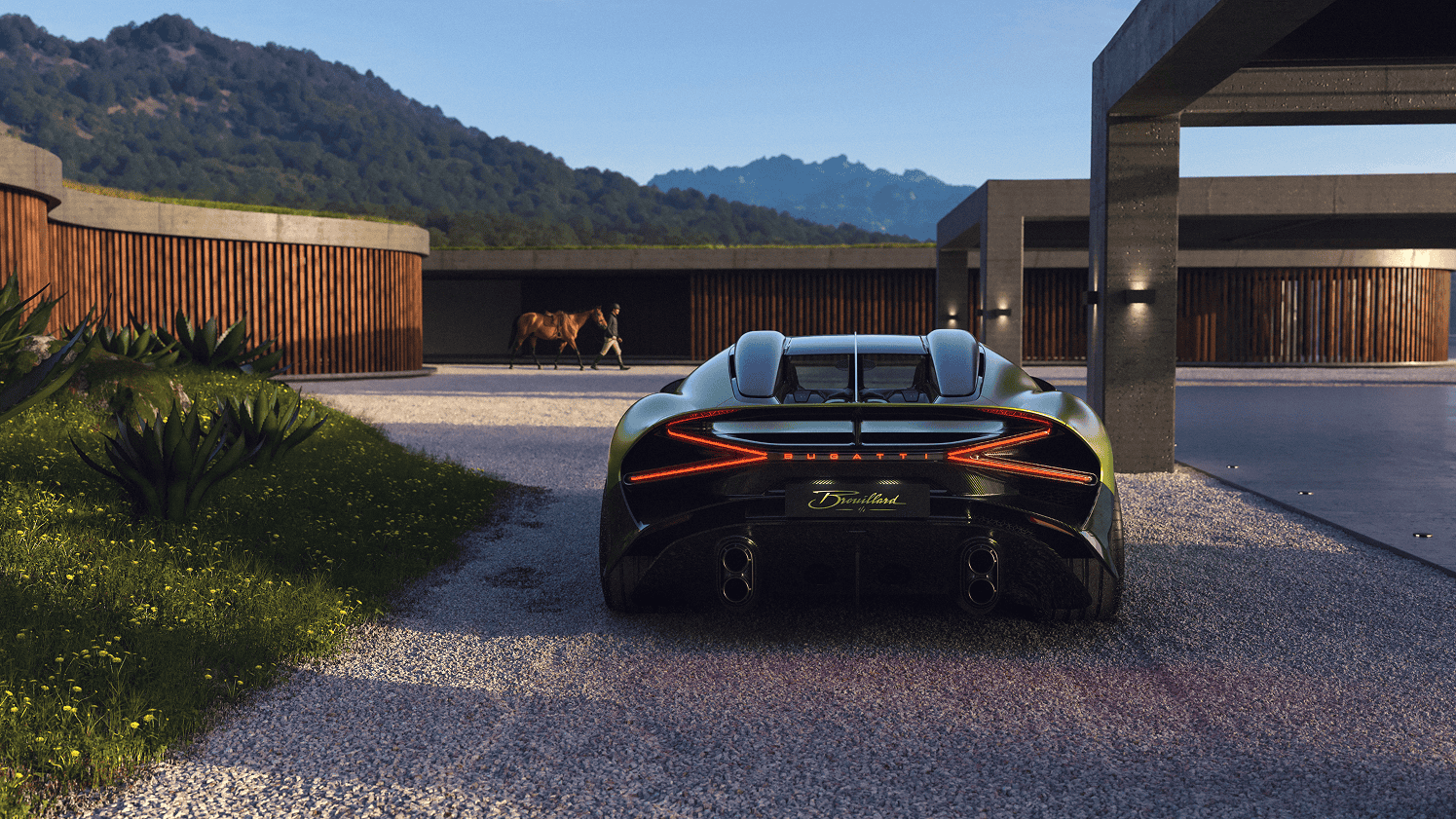
Bugatti Managing Director Hendrik Malinowski describes the program as an “authentic exploration of unique visions,” giving the brand creative latitude to interpret automotive design in unrestrained ways. “Each precious Solitaire will be unique and peerless,” he affirms, “offering a level of attention to detail not found in even the most exclusive automotive creations.”
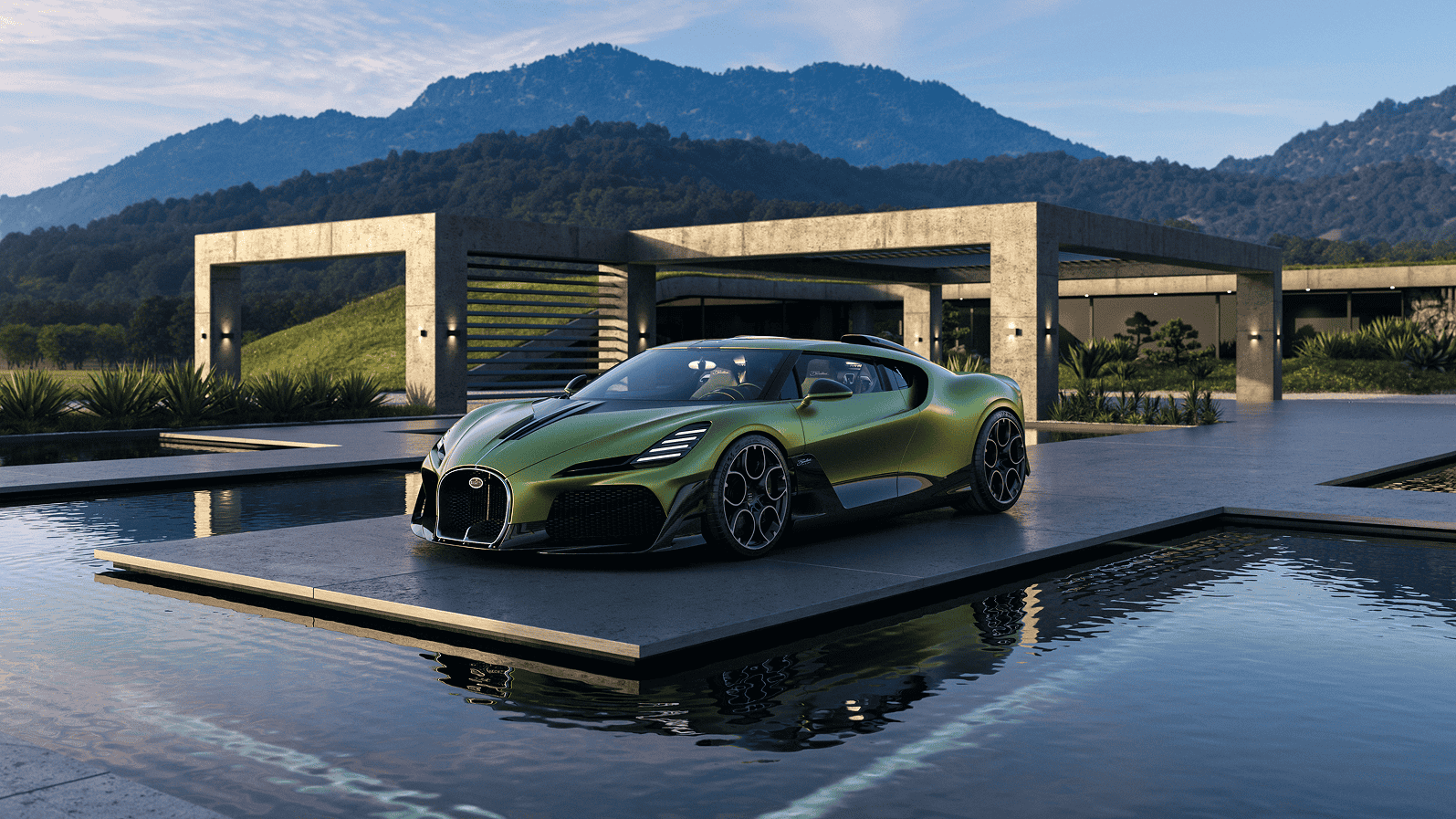
By limiting itself to just two commissions a year, the Solitaire program elevates bespoke automotive design to something closer to fine art than manufacturing.
Brouillard: Horsepower Meets Horsemanship
The first expression of this philosophy is Brouillard, a breathtaking Coupé that pays homage to Ettore Bugatti's beloved horse. Named after the faithful companion who could open his own stable door through a special mechanism designed by Ettore himself, this car celebrates the founder’s great love of horses, and his favourite horse of all.
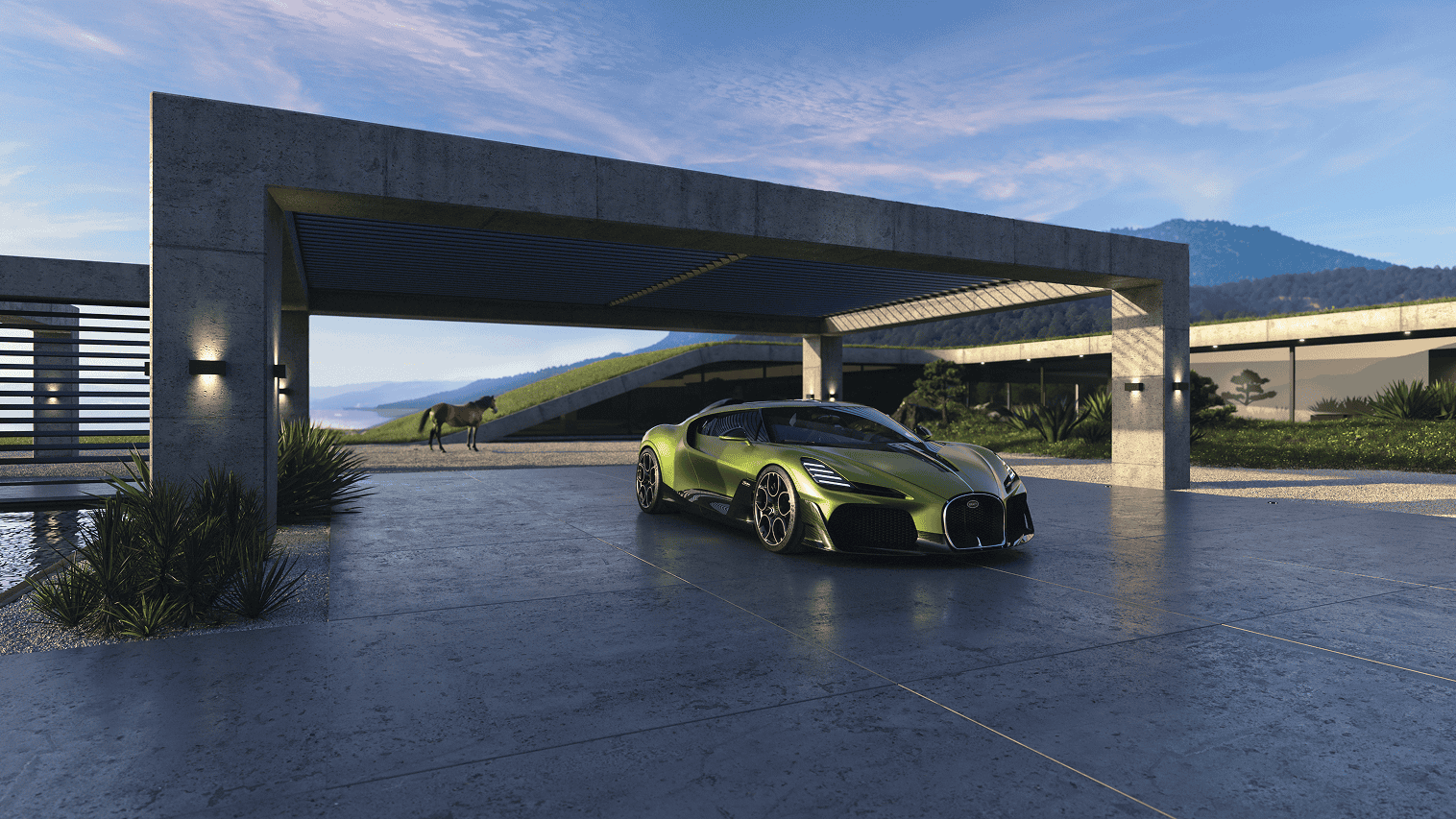
This emotional underpinning gives Brouillard a sculptural presence. Gone are sharp creases and aggressive lines; instead, the bodywork embraces organic curves and muscular flanks. As Bugatti Design Director Frank Heyl puts it...
"Enormous power and complexity, hidden by a veil of dignified simplicity."
A Masterclass in Design Discipline
From an engineering standpoint, Brouillard sits atop the apex of Bugatti’s famed W16 platform. With 1,600 PS and the hallmark quad-turbocharged setup, its performance credentials remain uncompromised. Yet what distinguishes this machine is the composition of its form and function.
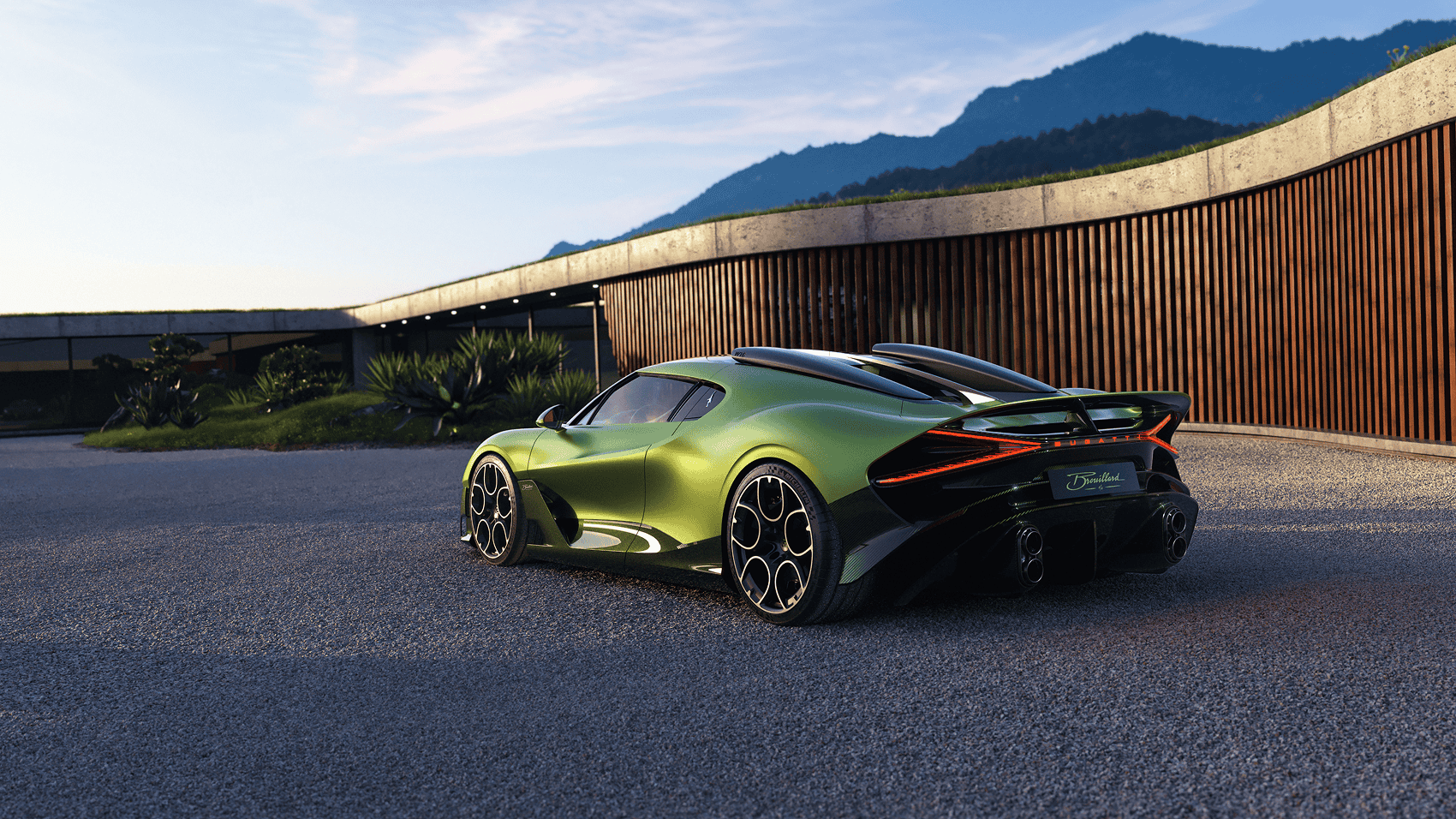
The car’s proportions are deliberately classical. The lower third is finished in darker tones to anchor it visually, while the lighter upper sections elongate and lighten its profile. Clever optical tricks, such as making the wheels appear larger and the body sleeker, speak to a design team operating at the height of their craft.
Aerodynamically, the fixed ducktail wing and innovative rear diffuser prove form hasn’t sacrificed function. Every vent, intake, and curve serves both aesthetic and technical purposes. Cooling, stability, and visual coherence coalesce in a way that is rarely achieved, even among hypercars.

Interior: Where Emotion Meets Innovation
Step inside Brouillard, and the experience becomes nearly ecclesiastical. A glass roof pours natural light onto custom tartan fabrics and green-tinted carbon fibre, while a spine-like design motif flows from exterior to interior, binding the car’s surfaces into one harmonious sculpture.
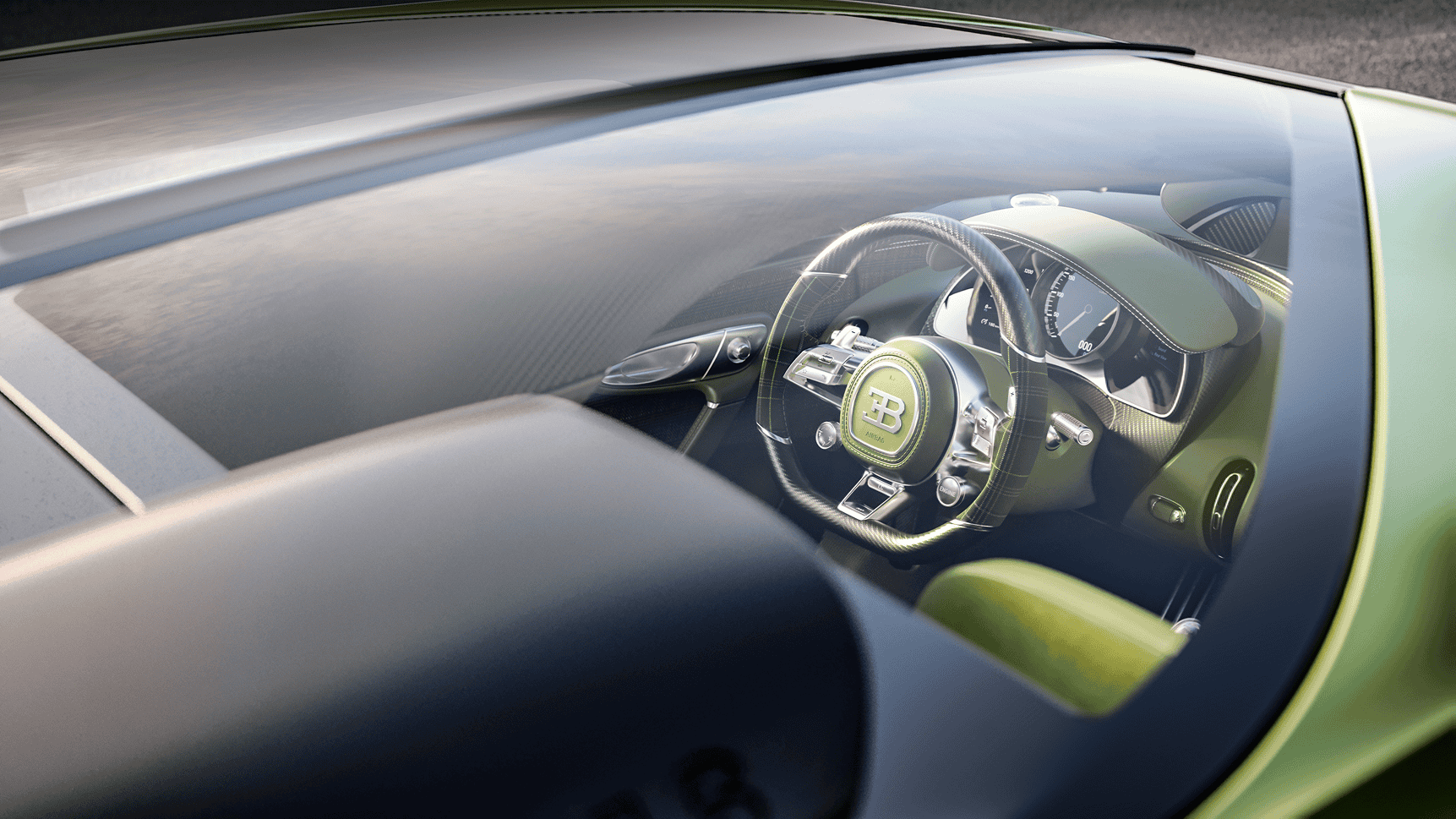
Among the many personal touches is a gear stick carved from a single aluminum block, housing a miniature glass-encased sculpture of Brouillard the horse. Seats are custom-contoured to the owner, with unique leather patching and embroidered horse motifs, underscoring the personal narrative woven throughout the vehicle.

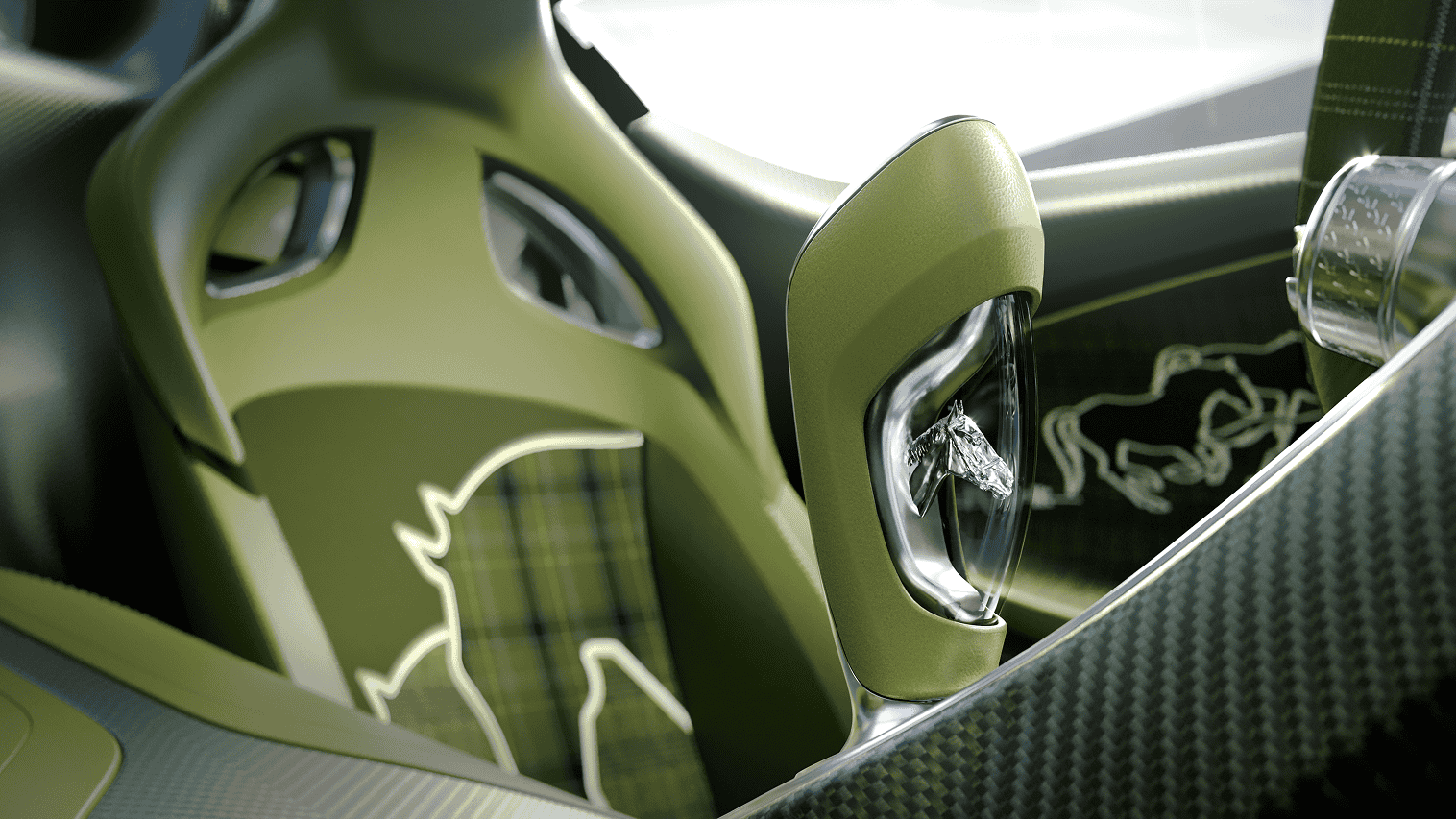
Source: Bugatti
An Owner with Deep Roots in Bugatti’s Soul
Commissioned by The Perridon Collection, (devotees of the Bugatti family legacy owning furniture by Carlo Bugatti and bronze sculptures by Rembrandt Bugatti), the vision for Brouillard was to celebrate not just Ettore’s automotive genius but his love of art, animals, and craftsmanship.
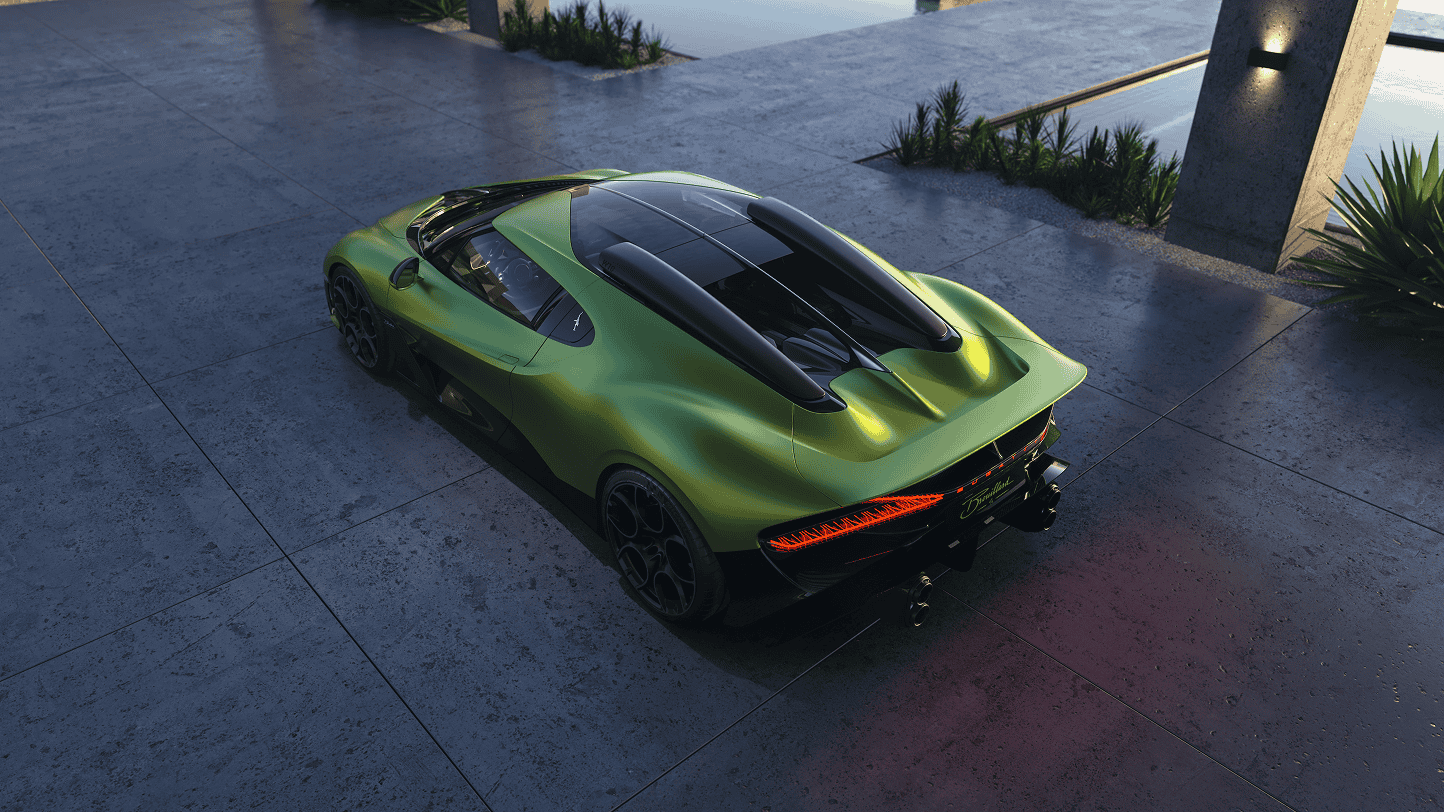
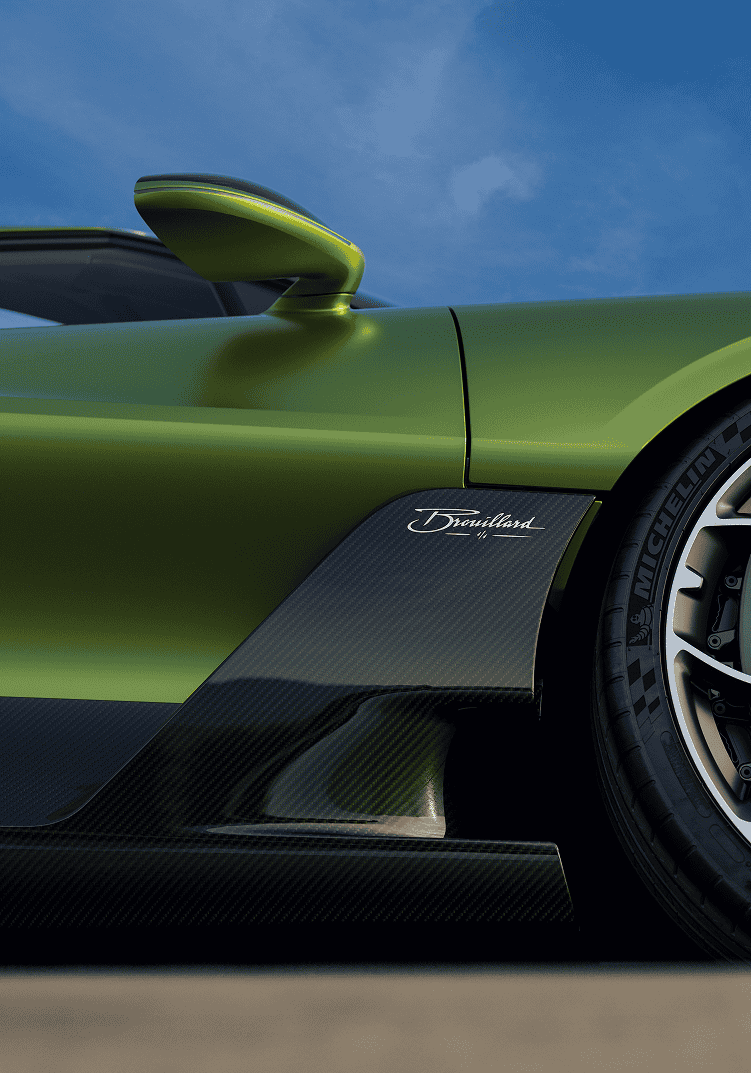
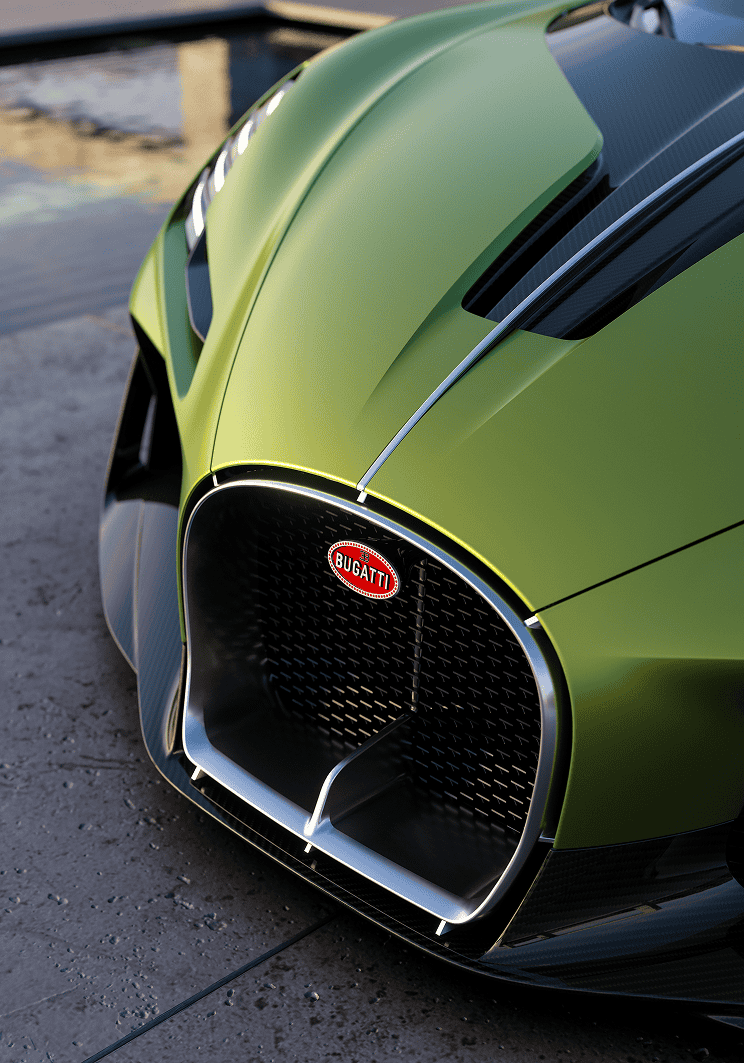
Source: Bugatti

The car is set to make its debut at Monterey Car Week and is estimated to be the most expensive modern Bugatti to date, eclipsing the £11.3m La Voiture Noire.

